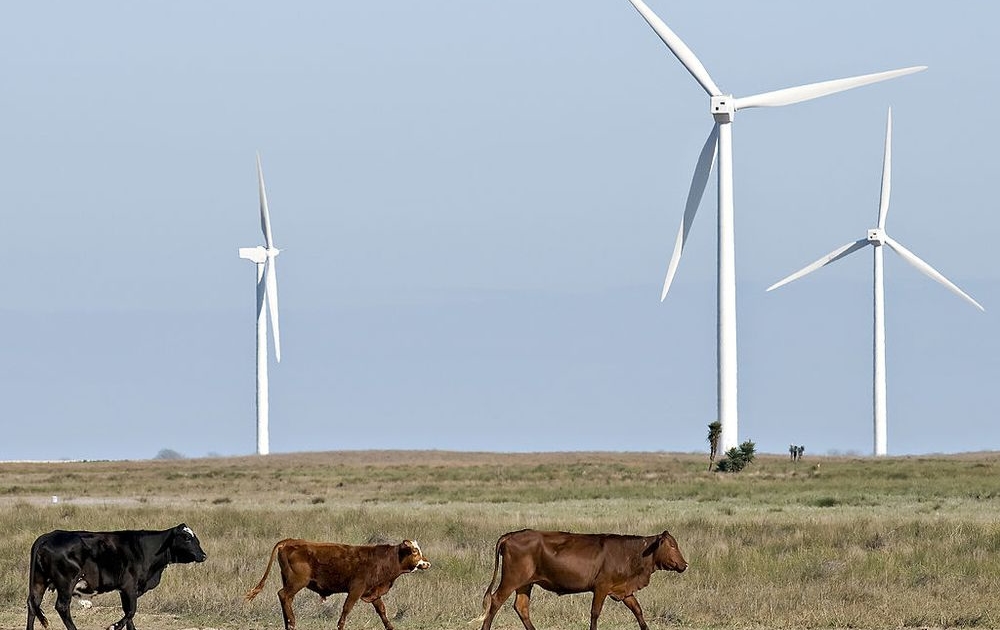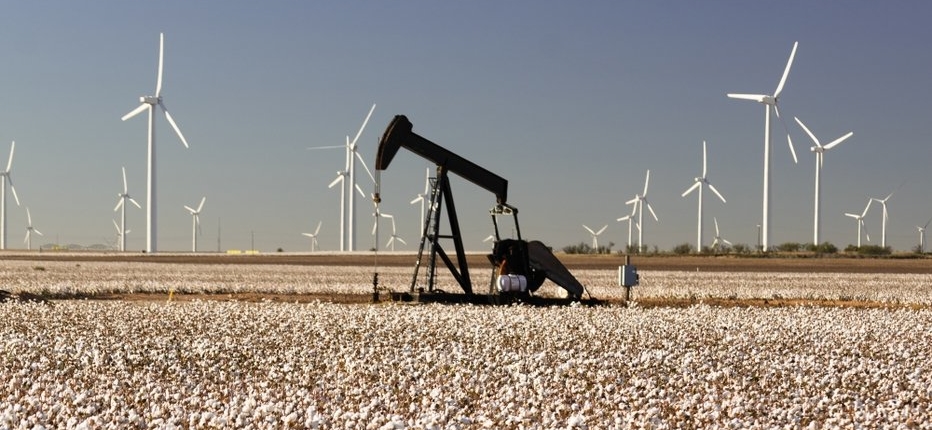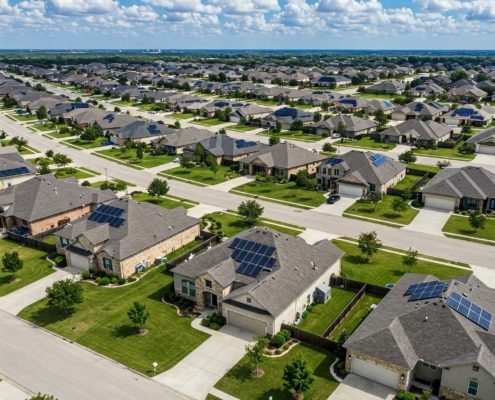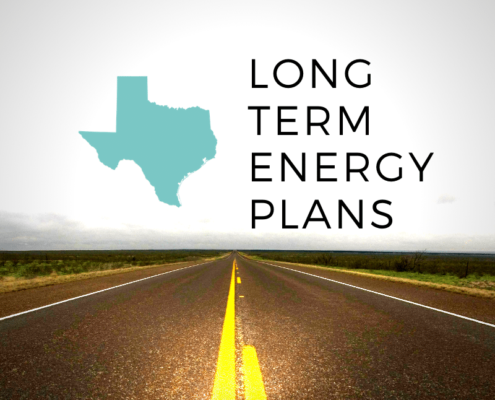Last Updated on November 6, 2021 by Mary Pressler

The Power of Texas Wind
Have you heard? Wind power is now the second largest electricity source in Texas, having surpassed coal between 2018 and 2019. The cost of wind turbines has decreased steadily during the past four decades, making the technology more attractive for investors.
This article will discuss 5 new, interesting facts about wind power, specifically in Texas.
1) Wind power is now the #1 renewable energy source in the US
Hydroelectricity was the largest renewable energy source for decades, but wind power has taken the lead. According to the US Energy Information Administration, wind turbines produced over 300 billion kilowatt-hours in 2019, while hydroelectric turbines produced close to 274 billion kWh. This means the energy output of wind turbines was 9.6% higher than the output of hydroelectric power plants.
Wind power has grown into a massive industry in the US, with around 60,000 turbines in operation. They add up over 105 gigawatts of capacity, and they produce more than 7% of the nation’s electricity. 9.1 GW were brought online in 2019 alone, which represent 39% of the total generation capacity added.
According to the American Clean Power Association (ACP), the wind power industry employs a workforce of over 120,000, and there over 530 factories producing components for the industry in US territory.
Texas alone has more than 25,000 wind power jobs, and more than 25% of the wind turbines in the country.
2) Wind power brings investment to rural communities
Wind turbines are more productive when there are less obstacles disrupting the natural movement of the wind. A city with many tall buildings is not a suitable spot for a large wind turbine, but an open field with constant wind is excellent. For this reason, rural areas like west Texas have the best sites for wind farms.
When a wind power project is developed, it brings capital to rural communities, creating jobs in the process. Farmers can rent portions of their land to wind power companies, which provides an additional source of income. The steady rent payments are an excellent complement for the seasonal income from harvesting crops.
Also, local communities get tax revenue from the wind farms in operation. In 2019, rent and taxes from wind power companies provided $1.6 billion in revenue for rural communities in the US.
Texas has a very simple procedure for wind farms, as long as the developer and the landowner agree. Many Texan farmers are now renting land to wind power companies, and this has contributed to the industry’s fast growth in the state.
3) Wind farms produce cheaper electricity than coal power plants
The notion that fossil fuel power is cheap and renewable power is expensive was only true many years ago. Wind turbines and solar panels can now beat the electricity price of coal, which was long considered the cheapest source of electricity.
Some wind farms now produce electricity for less than 2 cents per kilowatt-hour, while electricity from coal rarely costs less than 3 to 4 cents/kWh. Also, many coal power plants are decades old, and their upfront cost has already been recovered. Electricity from a new coal power plant is more expensive, typically above 7 cents/kWh.
Building new power plants fired by coal is no longer an attractive investment for energy companies. Natural gas and wind power are better options from a business standpoint, and Texas has an abundance of both resources.
4) A few large wind turbines are better than many small ones
As previously mentioned, wind turbines produce more electricity when there are fewer obstacles disrupting the wind, and this is why most wind farms are in rural sites. However, the wind also becomes steadier as the height from the ground increases. Having large turbines with tall masts is more productive than covering a field with small units.
For instance, if you need 2,000 kilowatts of capacity, the optimal solution is installing a single large turbine with that output. If you install 20 smaller units rated at 100 kW each, they will produce less electricity in total.
Smaller turbines are closer to the ground, where the wind is more turbulent and disrupted by obstacles. Even in rural locations without buildings, vegetation and terrain features can disrupt the wind near ground level.
Many small wind turbines also interfere with each other, since one turbine disrupts the wind for others nearby. On the other hand, a single large unit receives steady wind head-on.
You will not see many wind turbines being deployed in large cities like Austin, San Antonio, Houston and Dallas. However, they are everywhere on your way to Lubbock.
5) Site selection can make or break a wind power project
To calculate the energy output of a wind turbine, you need historic wind data for the site of interest, which is then simulated with specialized software. However, as a rule of thumb, you can assume that a 10% increase in wind speed boosts power output by 33%.
Based on this assumption, a site with 11 m/s wind will be 33% more productive than a 10 m/s site. The difference may seem small when you look at wind speed alone, but it represents 33% more revenue for the project owner.
This is a very simplified example, and the financial analysis for a wind power project is much more complex. However, the same principle holds: if calculations use incorrect wind speeds, the estimated energy production and sales will also be incorrect.
Texas has excellent sites for wind power, especially in the panhandle of the state. Texas is also the second largest state after Alaska, which means that land is not an issue.












